Yeast is a natural organic supplement made up of natural bacteria. Special mushrooms contain organic iron, manganese, copper, nitrogen, proteins. At the same time, polysaccharides and amino acids positively affect the development of seedlings. To prepare yeast cocktails, plants use a dry and fresh product.
Content
Positive qualities of yeast
Depending on the habitat, microorganisms grow and multiply in the cells of the fungus. After the introduction of the yeast solution into the soil, the soil composition is reorganized. Unicellular organisms, once in a warm environment, begin to multiply. At the same time, they actively process organic matter in the earth. As a result, phosphorus and nitrogen compounds are formed.
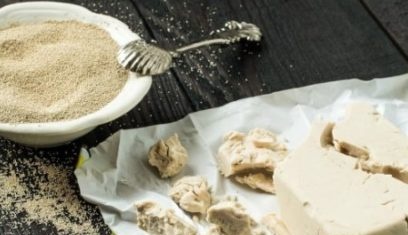 The benefits of yeast for feeding seedlings:
The benefits of yeast for feeding seedlings:
- soil composition improves;
- increased fertility of tomatoes;
- seedlings easier to tolerate adverse growing conditions;
- the root system develops faster;
- growth and vegetative development of young animals increases;
- seedlings more easily tolerate picking and transplanting to beds;
- the quality and taste of tomatoes is much better;
- plant immunity is strengthened.
The disadvantage of using yeast is the decomposition of potassium and calcium during fermentation. To avoid problems, ash is added to the soil along with irrigation with a yeast solution.
Recipes for fertilizing seedlings
Add yeast solution 5-7 days after transplanting seedlings in a greenhouse. The second time they feed tomatoes before flowering. For two feeds use the same recipe. The mixture is applied only at the root. For the first time, youngsters need only 500 ml of the substance under the bush; for the second fertilizer, 1 liter of the mixture is required. If there is no yeast, they are replaced with bread, crackers, flour products. If the concentration of the solution is less, then watering is carried out more often.
Classic recipe with live yeast:
- 1 kg of the product is diluted in 5 l of liquid;
- mix thoroughly;
- diluted with water 1:10;
- allow to stand for 2-3 hours;
- thoroughly mix before watering.
Dry product recipe:
- 10 g of solids are diluted in a bucket of water;
- add 2 tablespoons of sugar;
- insist 3 hours;
- add water 1: 5.
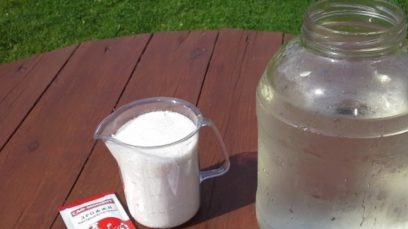
Fermented solution:
- in 3 l of water pour 100 g of sugar;
- interfere with 100 g of yeast;
- poured into a container, covered with a cloth;
- leave for 5 days to roam;
- diluted with water, 10 l of water per glass of mixture;
- pour 1 liter under the bush.
Yeast mixture:
- connect 5 g of dry yeast, 2.5 tablespoons of sugar, 250 g of ash, 500 ml of bird droppings and 5 l of water;
- thoroughly interfere;
- add water 1:10;
- let stand 3-4 hours;
- carefully watered under the root of 0.5 l per instance.
Milk solution:
- 200 g of live yeast is poured with a liter of water;
- only homemade milk is poured 1: 5;
- insist 2-3 hours;
- the milk mass is diluted with water 1:10;
- 1 liter of solution is poured under a bush.
Universal mixture:
- a bucket of green grass is added to 50 liters of liquid;
- pour 500 g of fresh yeast and 1 kg of sliced bread;
- leave for 48 hours, then water the tomatoes.
Preparation of natural solutions
In addition to prepared yeast, natural starter cultures are used, which are prepared at home by fermentation. They use wheat, hop cones, bread for sourdough.
Wheat infusion:
- wheat grains are soaked in water for a day before germination;
- sprouted cereal is ground to a state of gruel;
- add 2 tablespoons of flour, 2 tablespoons of sugar;
- send the mass to a slow fire for 20 minutes, constantly stirring;
- left to sour for 24 hours in the warmth;
- 9-10 liters of water are poured into the fermented mixture.
Bread mix:
- two glasses of bread crusts are poured with a glass of kefir;
- make a glass of ash and a 100 g pack of yeast;
- pour 200 ml of any jam;
- add 10 l of water to the container, add the resulting mixture, interfere;
- leave to boil in a warm place for 6-7 days.
Hop fermentation:
- a glass of dry hop cones is poured with a liter of water;
- put on a small fire for 20 minutes;
- after 60 minutes make 4 tbsp. l flour, 2 tablespoons of sugar;
- when fermentation begins add 2 boiled grated potatoes;
- dilute the mass of 10 liters of water;
- after 20 hours, you can water the bushes with infusion.
Recommendations
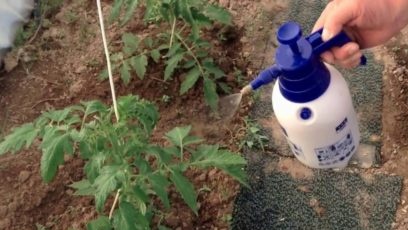 It is better to fertilize seedlings in the evening, in warm time. The use of yeast mixtures is recommended no more than 2 times during the growing season. During fermentation, the yeast absorbs potassium and calcium, which is necessary for the development of young animals. Frequent yeast top dressing promotes enhanced nutrition of seedlings. Very quickly the earth is depleted of this.
It is better to fertilize seedlings in the evening, in warm time. The use of yeast mixtures is recommended no more than 2 times during the growing season. During fermentation, the yeast absorbs potassium and calcium, which is necessary for the development of young animals. Frequent yeast top dressing promotes enhanced nutrition of seedlings. Very quickly the earth is depleted of this.
It is better to make yeast supplements in spring when the air temperature is not lower than 18-20 degrees. The soil should warm up well.
Frequent top dressing will lead to the development of greenery. There will be many leaves, but few fruits. To carry out any top dressing, including yeast should be no more than 1 time per month.
Before fertilizing the seedlings, the earth is watered. The soil must be moist.
Yeast stops the appearance of gray rot on tomatoes. Yeast mixes revitalize a diseased plant. For greater effect, the yeast solution is diluted with mineral additives.
Yeast mixtures are composed of natural ingredients, it is this property that makes the fruits safe for eating. Home solutions are budget, save money. They have many advantages over chemicals whose substances can accumulate in fruits and harm the body.

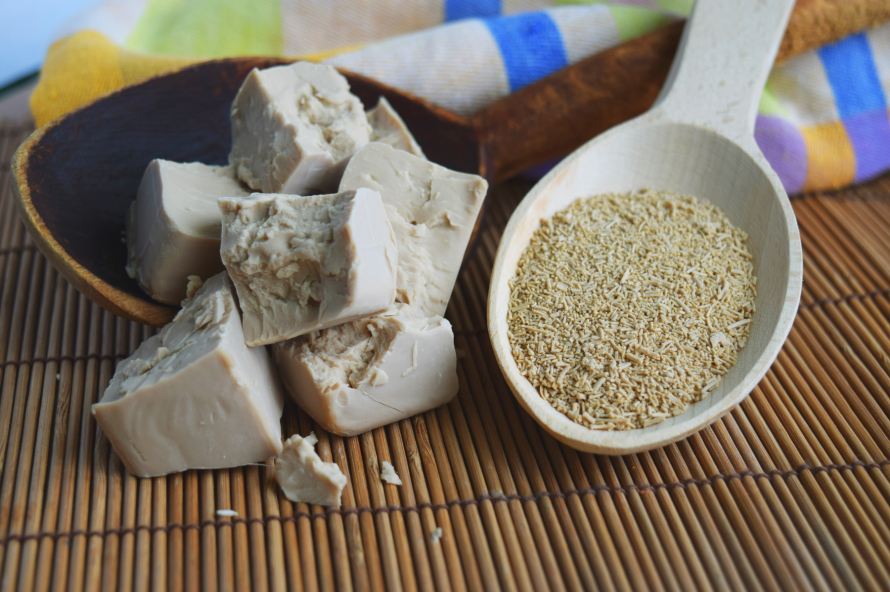
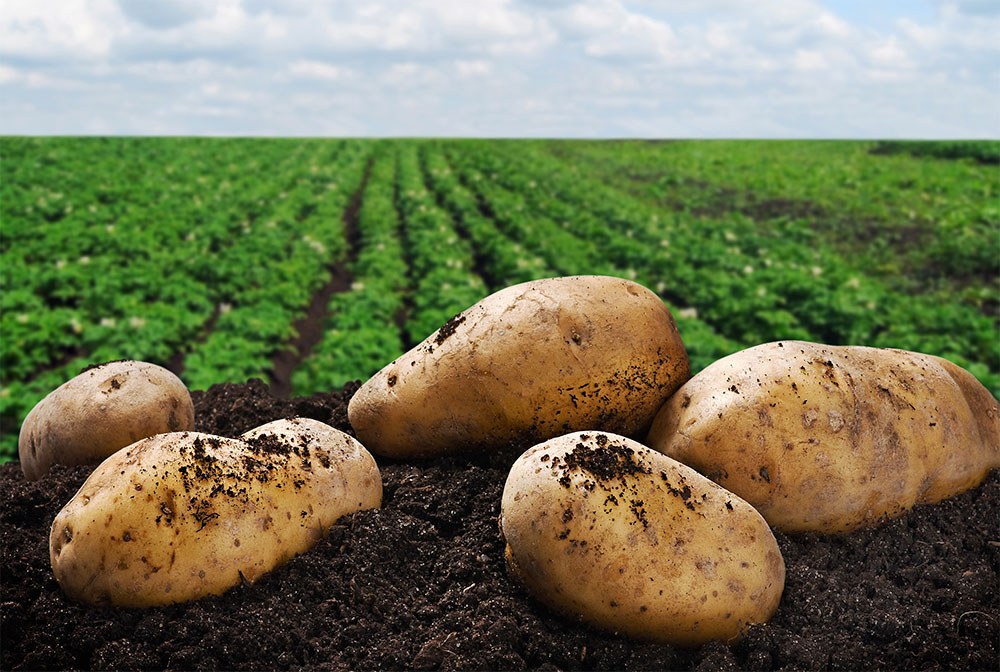
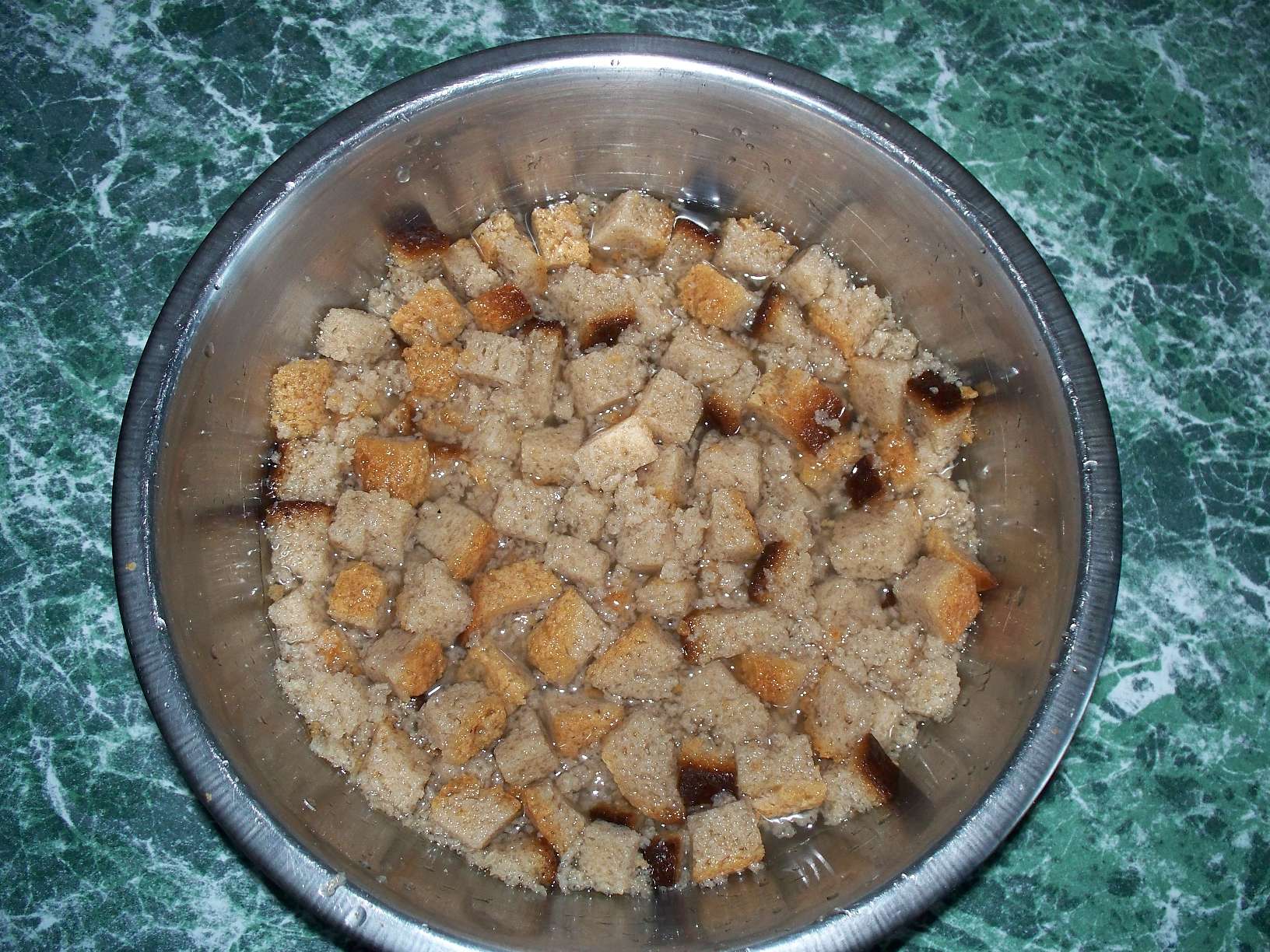
 Superphosphate: what is it and how to apply it
Superphosphate: what is it and how to apply it What problems can be expected from siderats?
What problems can be expected from siderats? Secrets of the collection, storage and use of eggshells in the garden
Secrets of the collection, storage and use of eggshells in the garden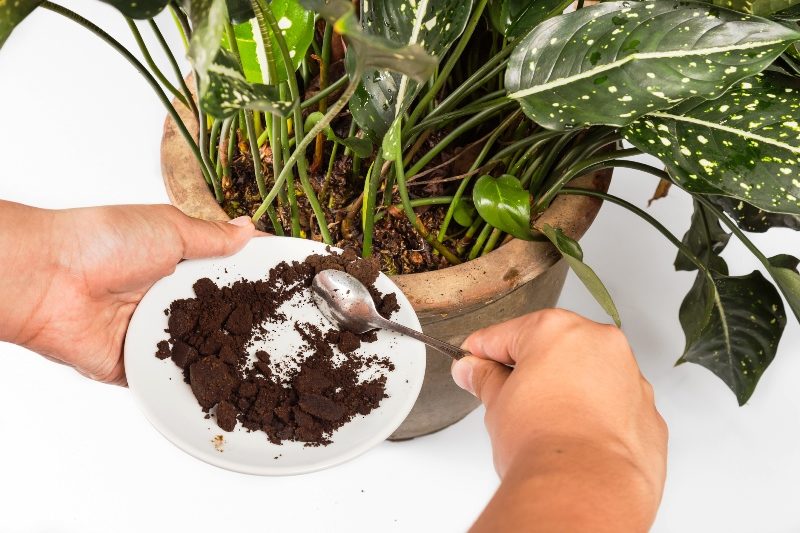 The most popular top dressing for indoor plants
The most popular top dressing for indoor plants